Eight History Facts I Learned This Month That Were So Fun, Weird, And Interesting I Literally Had To Share
As you (my adoring fans) probably already know, I am a little fiend when it comes to history knowledge (and all the juicy gossip and feuds one learns about when one cracks open a history book). Lucky for all of us, I've found a constructive outlet for all my newfound knowledge: this glorious post series, where I get to share my messy, fun, and totally random collection of history facts with all of you. So, without further ado, here are eight history facts I've recently learned that I feel the need to share with you in this beautiful month of April:
1.The real-life Rhaenyra Targaryen: England's first female ruler, Empress Matilda, predates its first official queen (Mary I) by some 400 years, but she never got the title of capital-Q Queen.
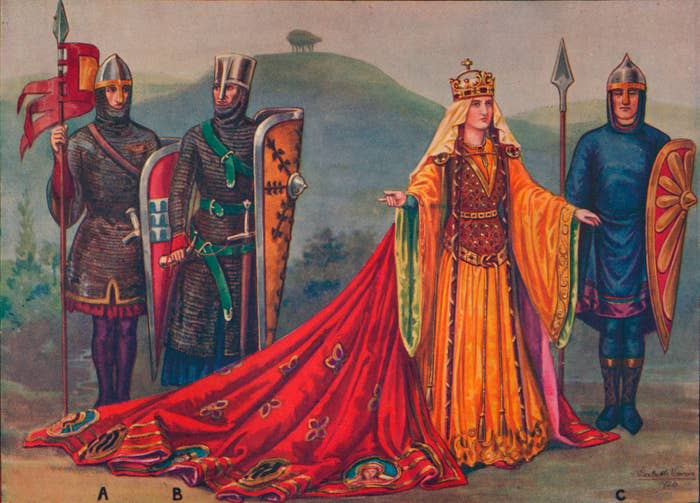
The only daughter of King Henry I of England, Matilda controversially gained the title of Empress after her marriage to Holy Roman Emperor Henry V; and though he died young, Matilda successfully kept using the title of Empress until her death, decades later.
When her little brother William died unexpectedly in a shipwreck, Matilda was left as her father's sole heir. In 1125, after her husband died at age 38 from cancer, a 23-year-old Matilda decided to return to her father in Normandy. A year later, King Henry had his court court swear an oath to defend Matilda as his heir in the event of his death; and in 1127, she married Geoffrey of Anjou, a count 11 years her younger. Scandalous.
Despite the above-mentioned oath of fealty (and an alleged additional oath), when King Henry died, Matilda's cousin Stephen of Blois abandoned his oath to her, traveled to London, and insisted that the archbishop of Canterbury anoint him King. Apparently, Matilda's succession story is what inspired the character of Rhaenyra Targaryen in George R.R. Martin's Fire & Blood, which has become HBO's House of the Dragon.
In 1139, Matilda "set out for England," supported by her half-brother Robert Earl of Gloucester, to seize power through force. In 1141, Stephen was captured and Matilda had him imprisoned while she set out to get herself crowned.
Matilda struck a little deal with Stephen's own brother, Henry, who was the Bishop of Winchester, and got him to give her the support of the church. (He also excommunicated her enemies, which is amazing).
But unfortunately for Matilda, she was never crowned Queen; she failed to gain the support of the people of London. Instead, the clergy gave her the title of Lady of the English, which still held some sway. Eventually, Stephen got his throne back; but in the end, it was Matilda's son Henry who succeeded him, marking the beginning of the Plantagenet dynasty.
2.The American Civil War started and ended at the same man's house — kind of.
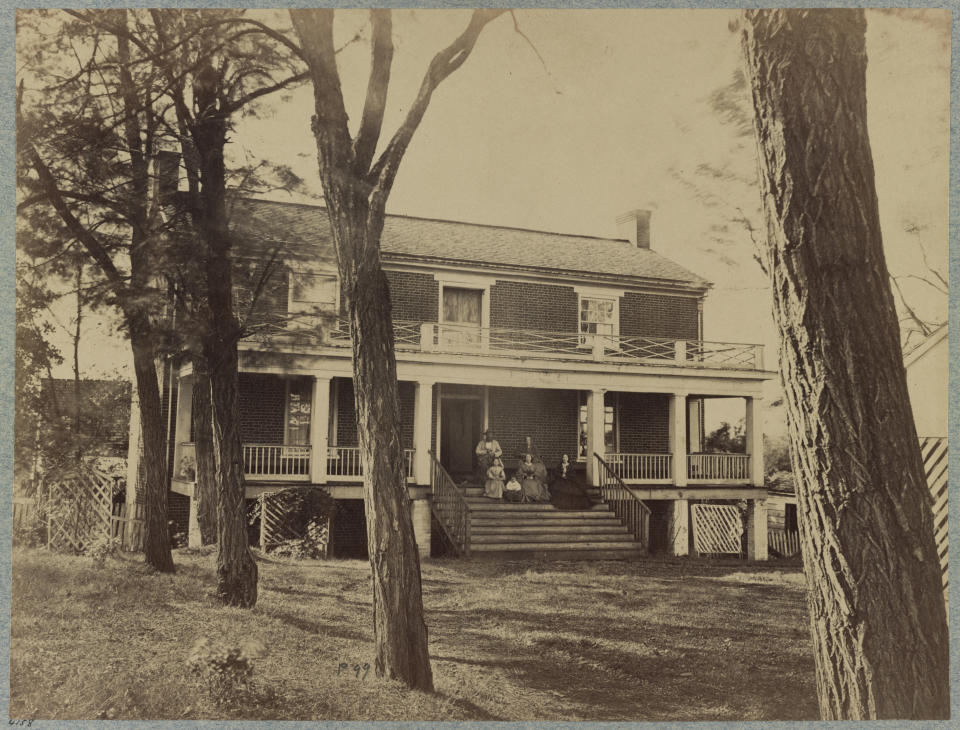
In 1861, the house of farmer Wilmer McLean served as the headquarters for Confederate General P. G. T. Beauregard in the First Battle of Bull Run, AKA the first battle of the Civil War. After his house was damaged by gunfire, McLean decided to move his family over 100 miles away, thinking that that would get them away from the war.
Well... through pure coincidence, four years after that first battle, General Lee surrendered to General Grant in McLean's new front parlor.
3.Those Orcas attacking boats in the Strait of Gibraltar are hardly the first 'killer whales' of their ilk. In History of the Wars, the historian Procopius wrote about a whale called Porphyrios, who spent over 50 years harassing "Byzantium and the towns about it" and terrorizing seafarers.
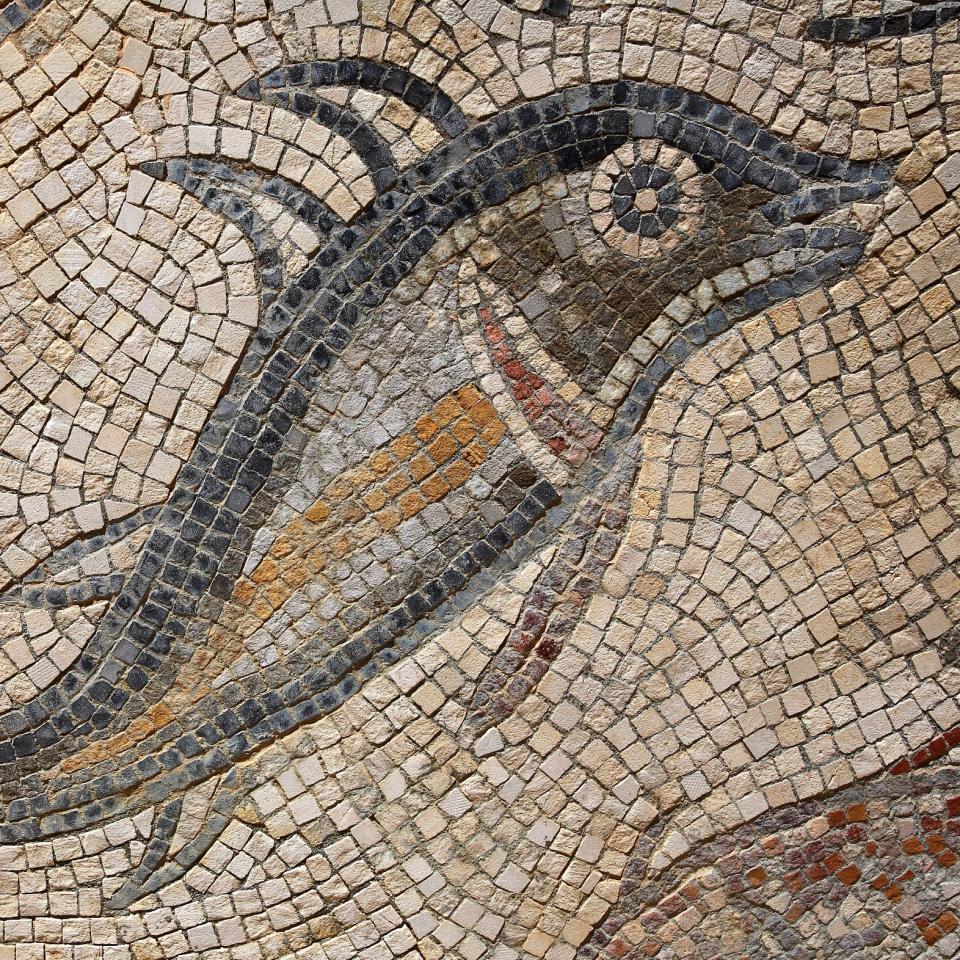

Michel VIARD / Getty Images, Pictures From History / Pictures from History/Universal Images Group via Getty Images
According to Procopius, Porphyrios "sank many boats and terrified the passengers of many others," — "not continuously, however, but disappearing sometimes for a rather long interval." So basically, this whale would swim to Byzantium, terrorize the locals, sink some ships, and go about its business for a few years... then circle back for another round.
4.An accidental discovery uncovered our earliest-ever reference to a "red herring" from a book of Jester's jokes discovered in Scotland in 2023.
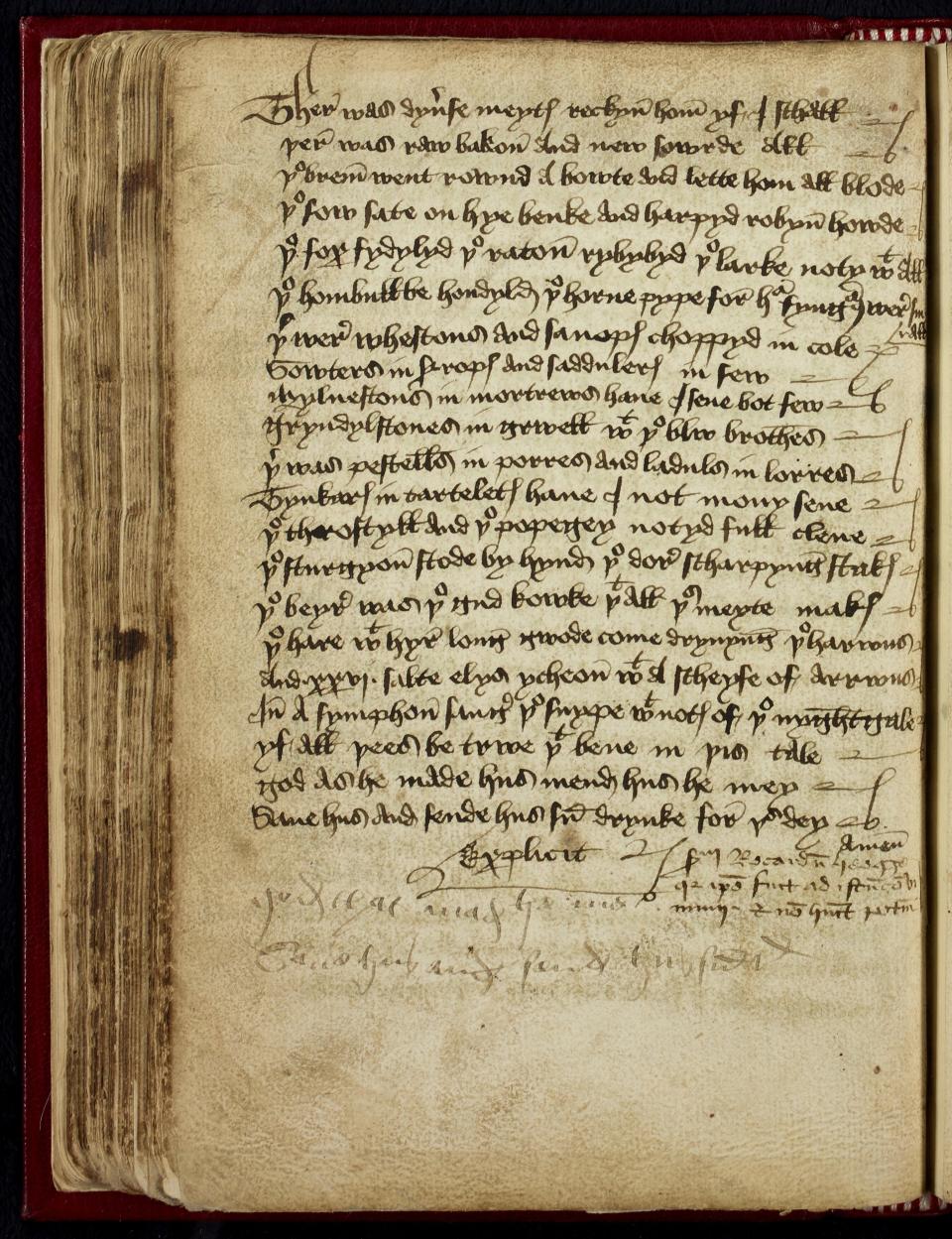
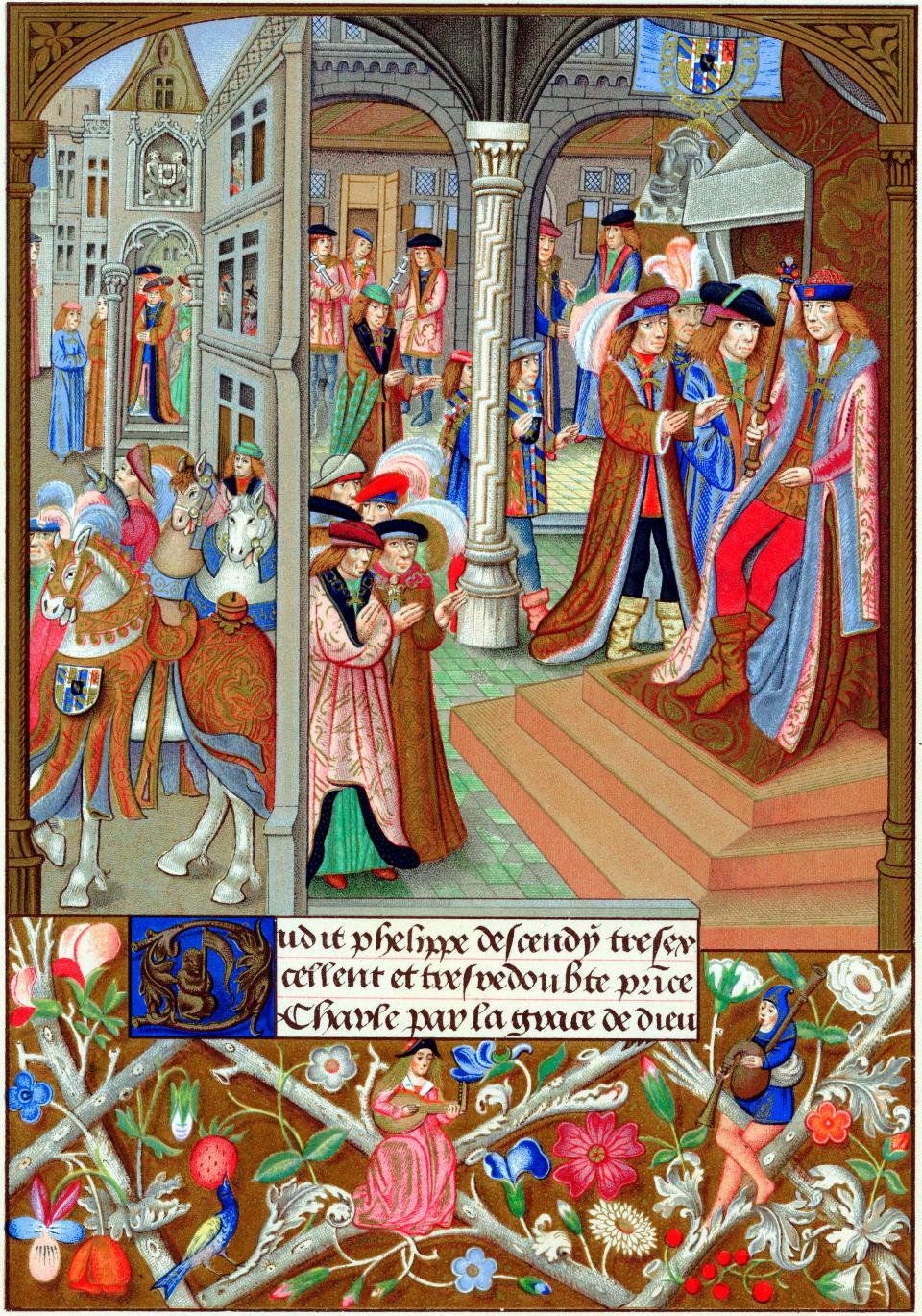
National Library of Scotland / Via digital.nls.uk, Print Collector / Getty Images
Dr. James Wade, a professor at Cambridge, was conducting research when he discovered this little line in a manuscript: "By me, Richard Heege, because I was at that feast and did not have a drink." He said the line produced a "moment of epiphany" for him, and pointed out the line's humor: "It’s rare for medieval scribes to share that much of their character."
Unfortunately, as Dr. Wade mentions, "most medieval poetry, song and storytelling has been lost;" surviving records tend to skew more high-brow. "This is something else," says Dr. Wade; "It’s mad and offensive, but just as valuable.”
The manuscript recounts a minstrel's notes-to-self for reference during a live performance; basically, notes for a medieval stand-up set. According to the University of Cambridge, the three texts included in the manuscript comprise a "burlesque romance entitled The Hunting of the Hare," a poem about peasants that is "reminiscent of Monty Python;" a mock sermon in prose that refers to the audience humorously as "cursed creatures" and encourages them to get wasted; and "The Battle of Brackonwet, an alliterative nonsense verse" that involves Robin Hood, jousting bears, and partying pigs.
The red herring moment is found in the mock sermon, in which the minstrel was making fun of the aristocracy. He tells a story of three kings, who eat so gluttonously that "24 oxen burst out of their bellies sword fighting." In fighting, the oxen chop each other up to pieces until they're reduced to three "red herrings" — AKA, the kings.
To us, this is the earliest red herring reference; but to people at the time, the concept of a red herring was already old hat. According to Dr. Wade, "The minstrel must have known people would get this red herring reference. Kings are reduced to mere distractions. What are kings good for? Gluttony. And what is the result of gluttony? Absurd pageantry creating distractions, ‘red herrings’.” Pretty cool.
5.Abraham Lincoln may have had a dream predicting his own assassination three days before it happened.
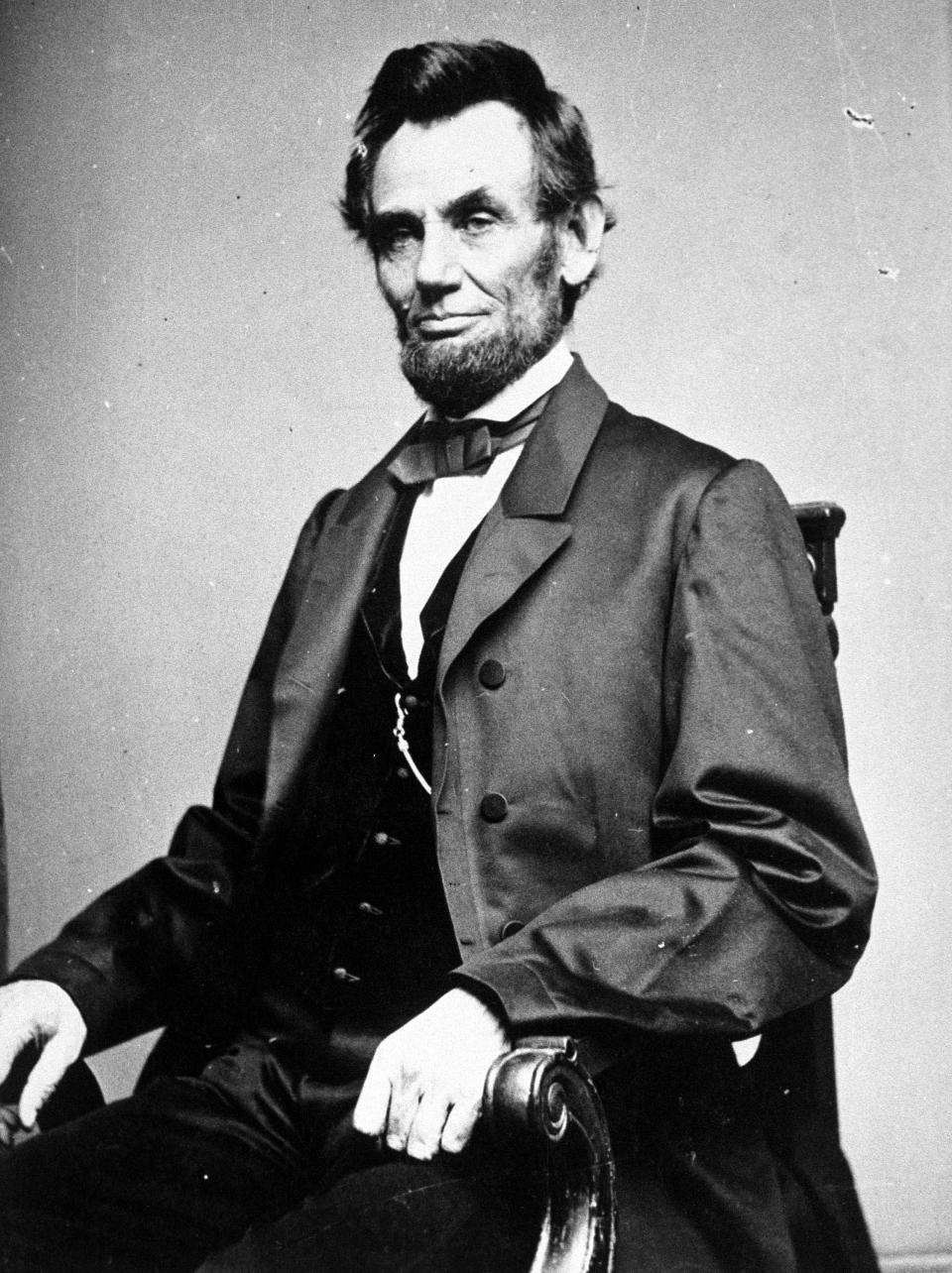
According to Ward Hill Lamon, Lincoln's long-time friend and bodyguard, Lincoln confided in his wife and a few friends about the dream. "I heard subdued sobs, as if a number of people were weeping," he reportedly said. He recounted walking through an empty White House, where he kept hearing mourners but couldn't see anybody. Finally, he entered the East Room; and reportedly said, "There I met with a sickening surprise."
"Before me was a catafalque, on which rested a corpse with funeral vestments," Lamon recalls Lincoln saying. "Around it were soldiers who were stationed acting as guards; and there was a throng of people, some gazing mournfully upon the corpse, whose face was covered, others weeping pitifully. 'Who is dead in the White House?' I demanded one of the soldiers. 'The President,' was his answer; 'he was killed by an assassin!'"
Some doubt the veracity of Lamon's story, but it was true that Lincoln placed some amount of stock in the higher meaning of dreams. And apparently, members of his cabinet recalled that the night before his assassination, he reported having again a recurring dream that he had had shortly before "nearly every great and important event of the War." Spooky stuff.
6.In the Second Battle of Panipat, the last Hindu emperor of India, Hemu, was on the brink of defeating the Mughal Empire when a chance arrow pierced his eye. Thinking he was dead, his army "panicked, and dispersed."

Though it still seemed uncertain how the battle would end, Hemu seemed to be winning; evidently, the left and right wings of the Mughal army had been "thrown into disarray," and Hemu was advancing his war elephants on its center. (Historian Satish Chandra derides his "excessive" reliance on elephants.) According to historian R.P. Tripathi, Hemu "was riding an elephant and was vociferously cheering up his spirited soldiers. The Mughal army seemed to be on their last legs."
Unfortunately, this is when the fateful arrow hit Hemu's eye. He fainted and was taken captive by the Mughal troops and beheaded by their military commander (and future regent ruler) Bairam Khan, on behalf of the 13-year-old who would become Akbar the Great. Ouch.
The silver lining for Hemu was that his wife escaped, on "elephants laden with gold;" but the bonus prize for the Mughals was that "the gold she left behind was so great that it was given away on shields."
7.With the knowledge that Winston Churchill had a distinct sweet tooth, the Nazi Party once attempted to assassinate him via exploding chocolate bar.
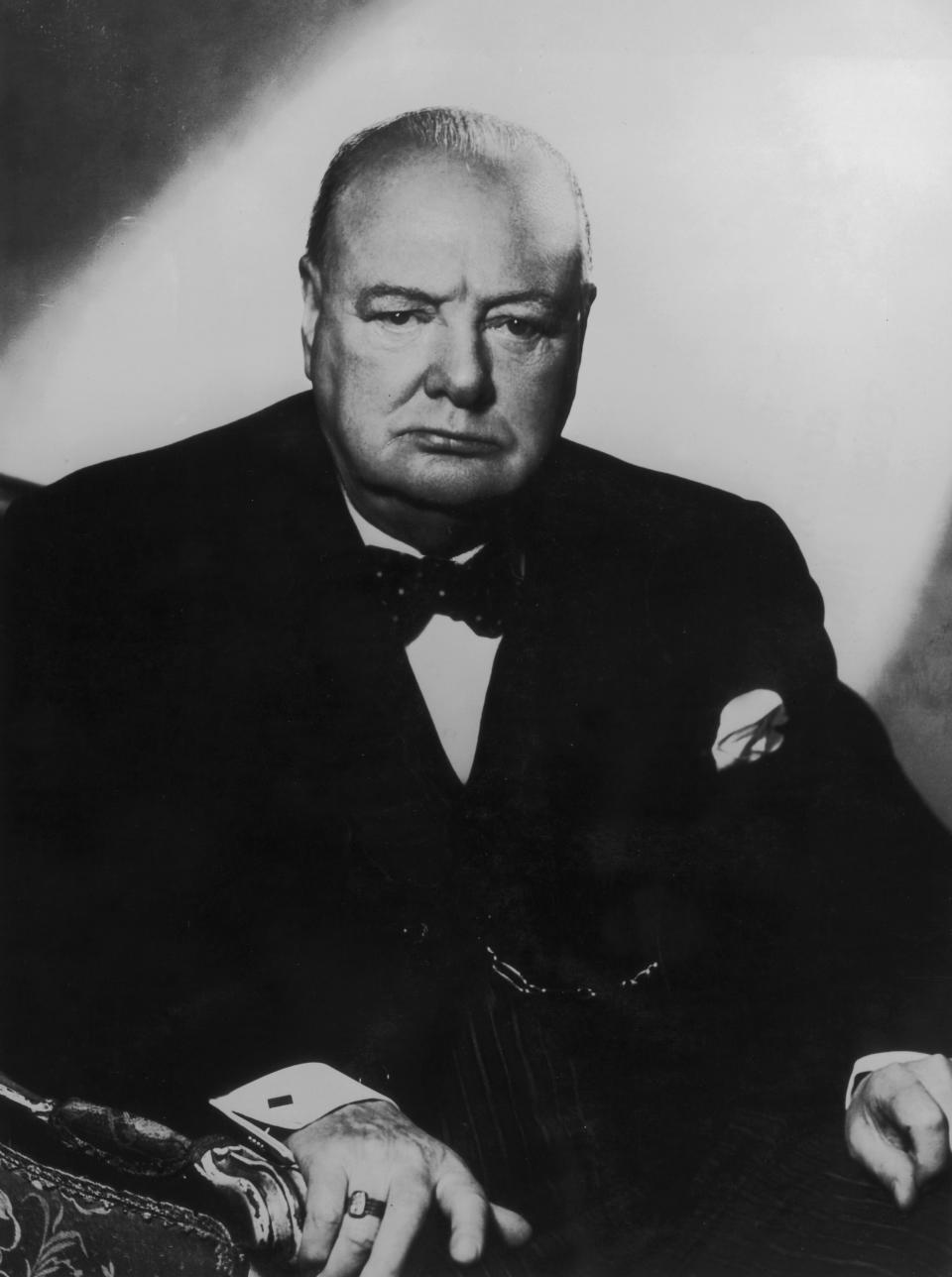
According to the Telegraph, Nazi bomb designers created a thin explosive that could fit within a layer of rich dark chocolate, which when broken would trigger "enough explosives to kill anyone within several meters." They packaged the bars in "expensive-looking black and gold paper" to be smuggled in and placed with other expensive treats for people in the War Cabinet.
Fortunately for Mr. Churchill, the plot was discovered by British spies, who alerted MI5. MI5 operative Lord Victor Rothschild set to work foiling the plan, and no chocolate exploded in Britain.
8.And finally: At age 14, a young Eleanor of Aquitaine became "the richest and most desirable heiress in Europe," and "the greatest heiress in the known world." By birth, she was the Duchess of Aquitaine in her own right; and she went on to marry not one but two kings (one of whom was Empress Matilda's son, Henry).

Shortly after her father's death, Eleanor married the French Prince Louis; shortly after that, Prince Louis' father died, and Louis and Eleanor were crowned King and Queen of France. They had two daughters together, and Eleanor held considerable influence over Louis, even accompanying him to Jerusalem on the Second Crusade; but shortly thereafter, they became estranged, and their marriage annulled.
Having returned to Aquitaine, Eleanor wrote to the aforementioned Henry asking him to marry her, which he did. Henry and Eleanor had eight children together, five boys and three girls; but over the years, this couple became estranged too, and Eleanor eventually went back to preside over Aquitaine without him, accompanied by her daughter Marie. (Henry never could gain respect in Aquitaine; the people there only recognized allegiance to their duchess, and "informed her that they owed Henry no allegiance, save as her husband.") Eleanor's court in Aquitaine garnered a reputation as one of the 'courts of love' whence so many legends of courtly love originated.
When three of Eleanor's sons rebelled against their father in the Revolt of 1173-1174, Eleanor allied herself with them and helped lead the revolt. When it failed, Henry made peace with his sons but imprisoned Eleanor, keeping her in custody for 16 years.
When Henry died, his son Richard — you know, King Richard, from Robin Hood? — became king. Immediately, Richard freed Eleanor, and she apparently "received from her son the power to decree whatever she might wish in the kingdom." That political influence lasted.
Eleanor lived into her 80s and remained politically active to the last, outliving both her husbands and all of her children but two.
If there are any dramatic, interesting, or just plain cool facts from history that you think I would love, please, please, please drop them in the comments! I always like learning more historical info, and I'm sure other people do, too.


